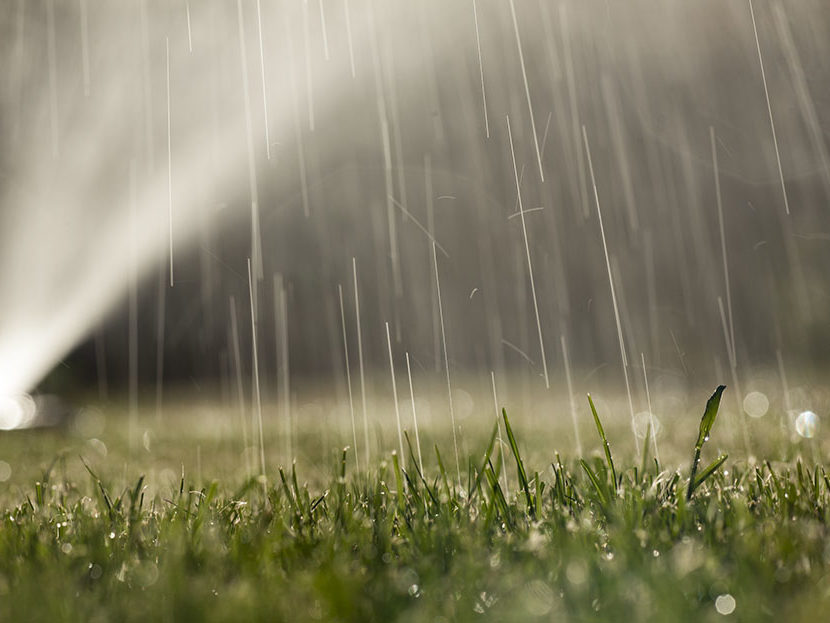
A diet with reduced meat content and animal derivatives can help safeguard our planet’s water resources, according to research conducted by a team of researchers from the Joint Research Centre of the European Commission, recently published in Nature Sustainability.
The research analyzed the water footprint data that food production has on global fresh water, which is divided into blue water (i.e. the most apparent water masses such as rivers, lakes, marshes and groundwater) and green water (that is, soil water formed by rainfall and precipitation, and available to plants).
The Water Footprint is an indicator that makes it possible to see how much water is used and polluted, directly or indirectly, by the production of a good, in this case of food.
The research was conducted by gathering data from several areas in the three European countries which were the most information-rich: the United Kingdom, Germany and France. Both socioeconomic factors (age, sex and level of education) and different types of diets were taken into account.
It was found that today the national water footprint associated with the production, import and consumption of food (calculating both green and blue water consumption) is:
- 2.757 (92% green and 8% blue) litres per capita per day for the UK,
- 2.929 (95% green and 5% blue) litres per capita per day for Germany,
- 3.861 (93% green and 7% blue) litres per capita per day for France.
The three dietary scenarios taken into consideration were:
- A healthy diet including meat (HEALTHY-MEAT) which includes products belonging to all food groups (meat, fish, milk and dairy products, animal fats, legumes and oils and so on).
- A healthy pescatarian diet (HEALTHY-PESC) in which legumes and oilseeds replace meat. Animal fats are replaced by vegetable oils.
- A healthy vegetarian diet (HEALTHY-VEG) which is identical to the pescatarian diet, but in which legumes and oilseeds also replace fish.
These are the three eating habits commonly identified, used and based on nationally recognized dietary and nutritional guidelines.
From these analyses, researchers have deduced that, compared to current diets in different countries, water consumption needed for food production could be reduced:
- By 11 – 35% following a HEALTHY-MEAT diet,
- By 33 – 55% following a HEALTHY-PESC diet,
- By 35% – 55% following a HEALTHY-VEG diet.
It is therefore clear that the reduction in meat consumption at European level, and the consequent transition to a vegetarian or pescatarian diet, would contribute significantly to the reduction of total water footprint since animal products typically have a higher water footprint than plant products. According to the Water Footprint Network, the average water footprint (per calorie) for beef production is twenty times higher than that of cereals and starchy roots.
As regards the general water requirement for protein production, it was found that the water footprint per gramme of protein derived from beef is approximately six times higher than that of legumes.
The European diet currently means excessive consumption of products of animal origin, which leads to an increase in the demand for meat on the market and a consequent increase in the number of livestock farms.
Global animal production employs about 2,422 g/m3 of fresh water each year. One-third of these water resources are used for breeding beef cattle, while another 19% go to the dairy cattle sector. Most of the total volume of water (98%) refers to the water footprint associated with the production of feed for the livelihood of farmed animals.
The transition to a healthier diet consisting mainly of plant-based foods would therefore not only reduce the negative impact on human health but also on the consumption of critical water resources.
Euro Company’s position on this issue is to set itself the goal of promoting a healthy informed diet through the production of 100% food derived from the processing of nuts and oilseeds – both sources of plant-based protein.
Sources and insights: